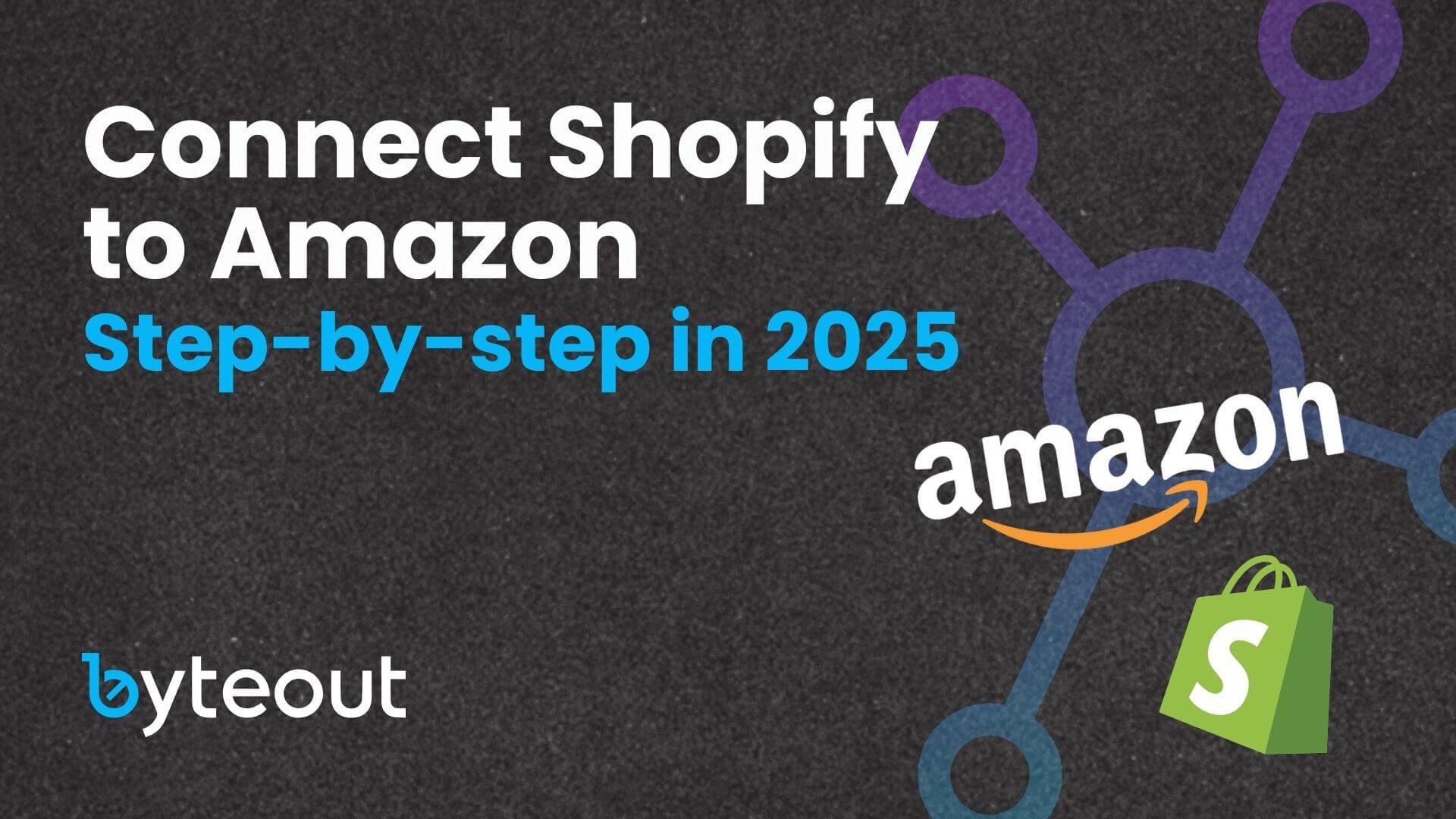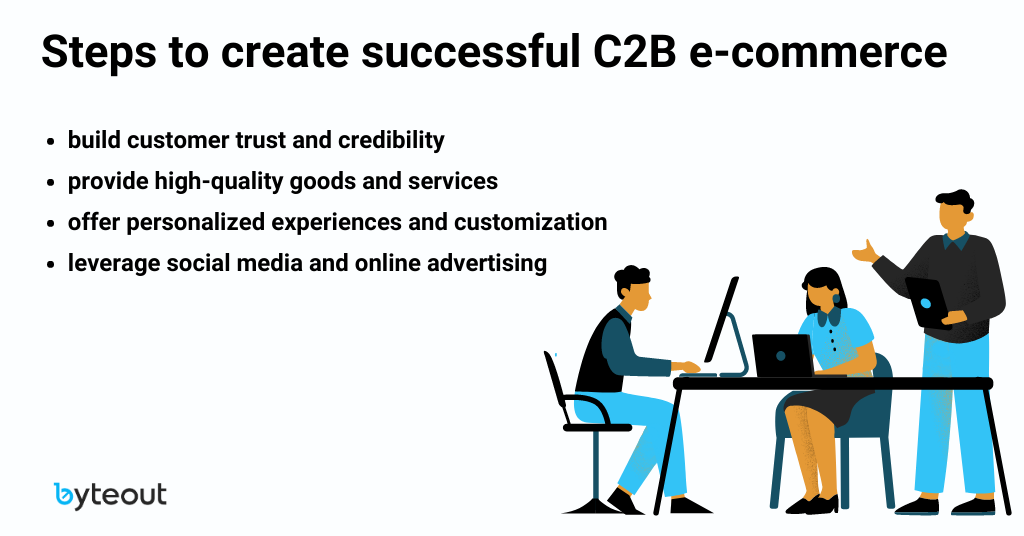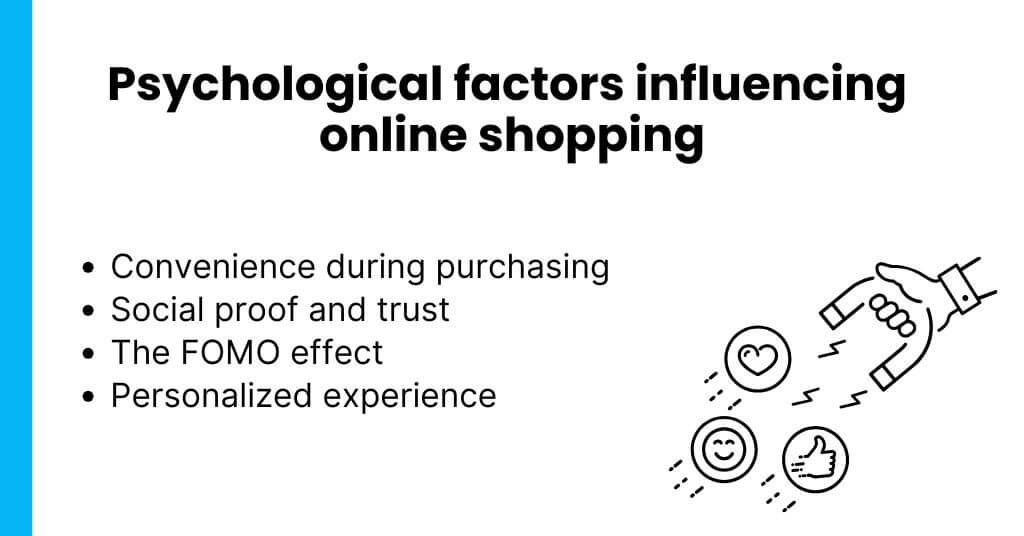Mistakes. They happen to all of us. But when it comes to ecommerce, even minor missteps can snowball into big problems: lost customers, missed sales, and frustration on both sides of the screen. And it’s easy to overlook the little things that could be holding your business back.
Ecommerce business from the owner’s perspective
As a store owner, your to-do list is always on the table. There’s inventory to manage, orders to fulfill, and ads to run (I hope you have partners to deal with this). It’s easy to get caught up in the day-to-day grind and assume everything’s working fine because sales are coming in.
But here’s the thing: your perspective isn’t the same as your customers’.
You know your site like the back of your hand, so some small issues might not seem like a big deal. But to your customers? They could be deal breakers.
The gap between what you think is working and what actually is can make all the difference in how your store performs. There are some ecommerce mistakes, no matter how small, that might stop your business for performing the best.
Ecommerce business from the customer’s perspective
Now, let’s flip the script.
Your customer doesn’t care how hard you’ve worked to set up your store. They just want a smooth experience. They’re looking for:
- A fast website.
- Clear product descriptions.
- An easy checkout process.
And, of course, great products.
If something doesn’t feel right (like clunky navigation, hidden shipping fees, or no trust signals), they’re gone. And in the customer’s world, convenience wins. If your site feels like work, they’ll bounce to a competitor who makes buying simple.
👉 5 signs you need an ecommerce consultant (before things get messy)
Top ecommerce mistakes you’re making right now
So, what might hold your store back?
Slow loading speed
Think about the last time you waited for a slow website to load. Chances are, you didn’t wait long. This is one of the most common webshop mistakes. Customers expect your site to load in under 3 seconds. Anything longer is not a good thing.
Why it’s a problem?
Studies show a 1-second delay can drop your conversions by up to 7%.
Google prioritizes fast sites in search rankings. A slow site means fewer visitors from search engines.
Confusing navigation
Customers won’t bother finding their way around if your site feels like a maze. Navigation is about guiding people to what they want quickly and easily. So, can your site really do that?
Why it’s a problem:
- A confusing menu or too many categories can overwhelm visitors.
- If people can’t find what they’re looking for fast, they’ll leave.
Hidden costs at checkout
When unexpected shipping fees or extra charges pop up, most people abandon their cart immediately. It’s like you didn’t tell them the truth.
Why it’s a problem:
- Over 50% of customers cite unexpected costs as their reason for leaving.
- Hidden fees make customers feel tricked, which damages your brand.
Lack of or no trust signals
Your site might look great, but customers won’t risk their money if it doesn’t feel trustworthy. Building trust is important in ecommerce, especially for first-time visitors.
Why it’s a problem:
- Customers are wary of scams and want proof that you’re legitimate.
- Without trust, even interested buyers will hesitate.
Not optimized for mobile
More than half of all ecommerce traffic now comes from mobile devices. If your site isn’t mobile-friendly, you’re losing many potential customers if they prefer to shop that way.
Why it’s a problem:
- Pinching and zooming to navigate your site is frustrating.
- If the mobile experience is clunky, customers won’t bother completing their purchase.
Overloading with features
Pop-ups, spinning wheels, too many ads? Sometimes, less is more. Customers want simplicity, not sensory overload.
Why it’s a problem:
- Too many elements pull attention away from your products.
- Overwhelmed customers leave faster.
👉 Consumer behaviour in online shopping 2024
Are ecommerce mistakes really that bad for my business?
Yes – and no.
Ecommerce mistakes are part of the process. No ecommerce store gets it perfect from day one. The real problem is ignoring them.
A slow-loading page might seem small, but if it’s costing you 20% of potential sales, and that’s big. Confusing navigation might just be one unhappy customer today, but it could mean hundreds more tomorrow.
Mistakes aren’t fatal, but they’re expensive if left unaddressed.
What can you do about it?
The good news? You don’t have to fix everything at once. Here’s where to start:
- Test it as if you were a customer. How’s the speed? Is it easy to use?
- Address things like slow pages, unclear menus, and trust signals before adding fancy features.
- Customers will tell you what’s wrong—if you’re willing to ask and act on it.
Improvement is a process, not a one-and-done task. Start small, test changes, and keep iterating.
How can we help?
Mistakes are inevitable, but fixing them shouldn’t feel overwhelming. That’s where we come in. Think of us as your partner in building an ecommerce store that works and wins. We can assess your current site, suggest improvements and fix all issues. Plus, we’re there to help set up the right strategy.
And remember: mistakes aren’t the end of the world. They’re opportunities to learn, improve, and grow your business. The key is identifying, acting on, and turning them into strengths.
So, what’s holding your store back?







